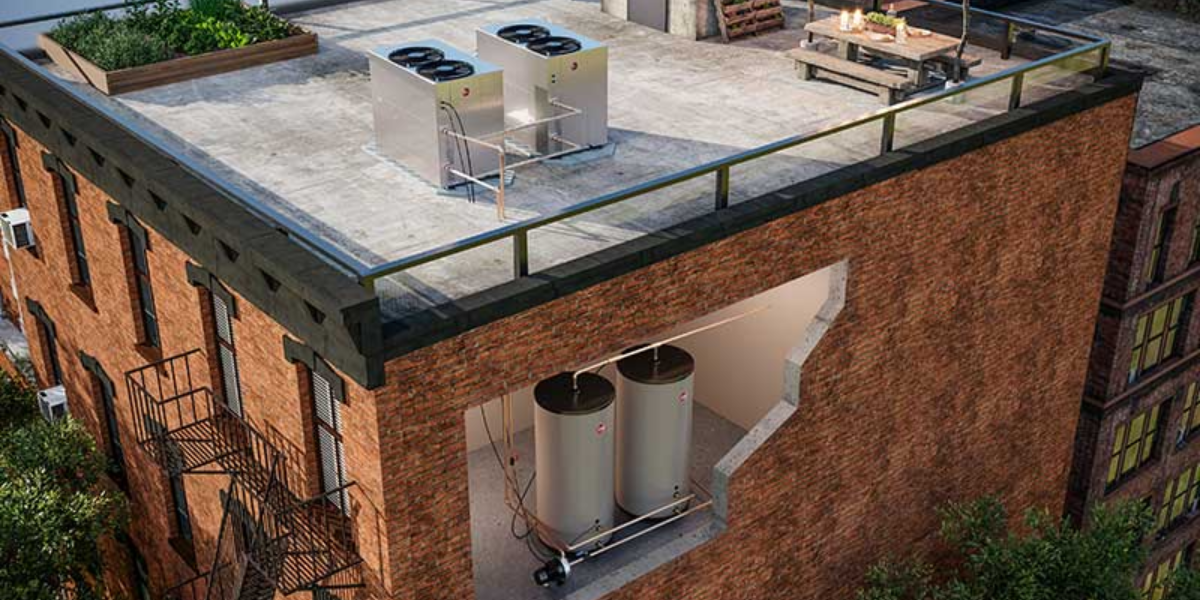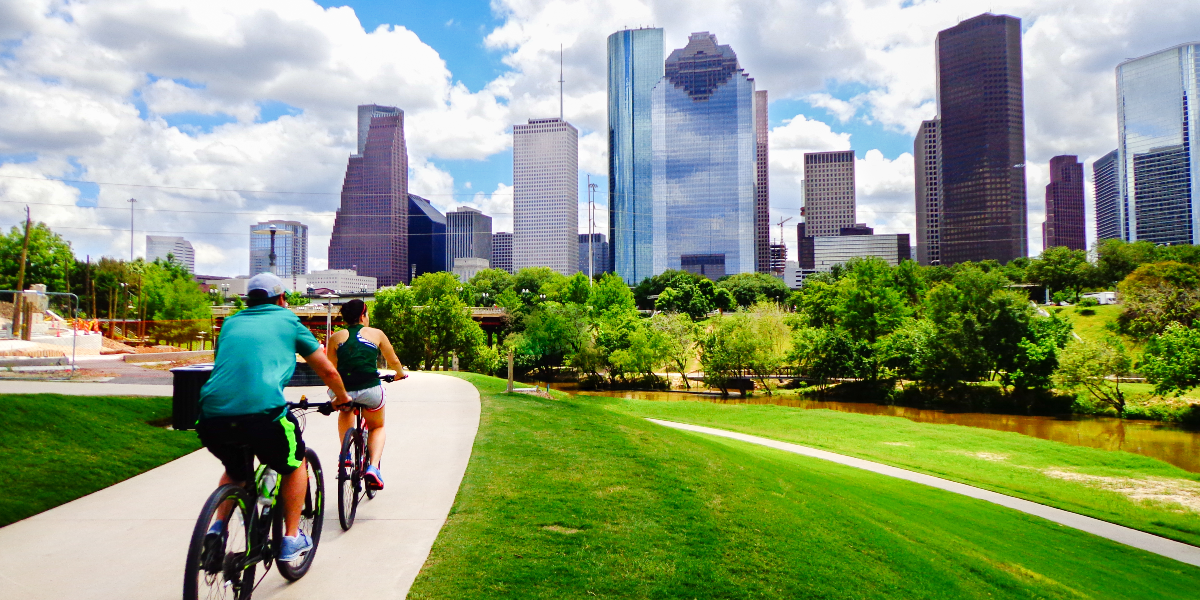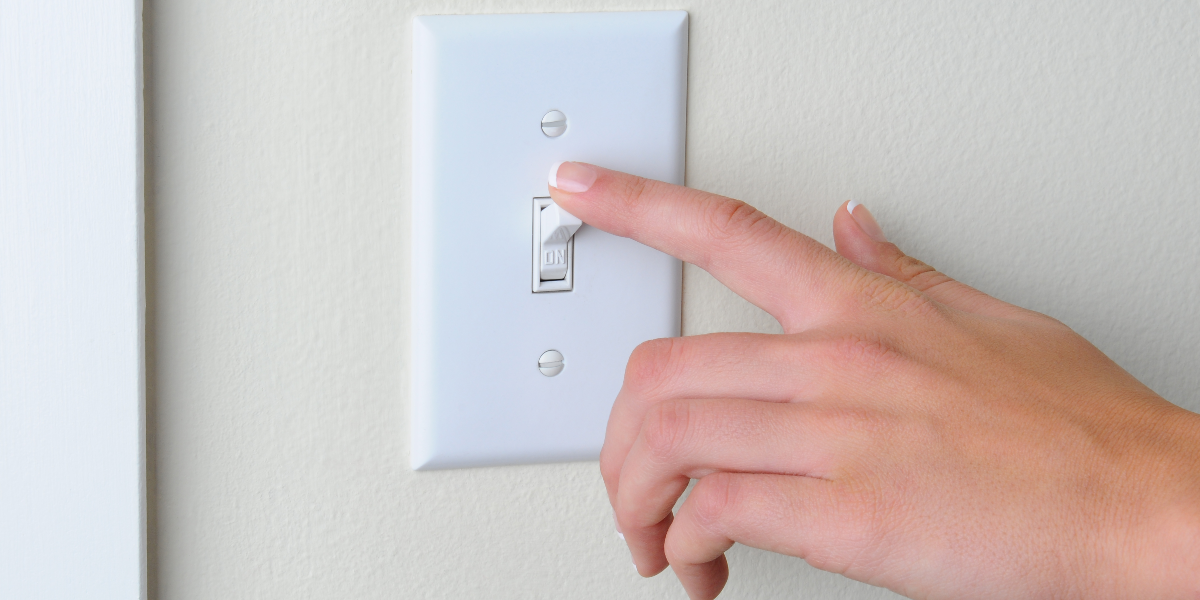Weaving Environmental Justice Into Energy Education
Let's Save Energy
Alliance to Save Energy's Blog

The last several years have changed the way many of us see the world and brought clarity to issues that have been with us for a long time. Certainly, this is true in the energy efficiency world. The impacts of climate change, paired with the environmental, economic, and health burdens of our energy system – and the fact that none of these are borne equally – are not new problems. But the public recognition and readiness to address them is new. Solving our energy challenges requires that everyone is included, and the missions of energy efficiency and environmental justice have never been more aligned. Simply put, we’re in this together.
This awareness informs all of the Alliance’s work, but nowhere more importantly than in our K12 energy education programs. For 25 years, the Alliance has trained students to educate their peers, households, and communities about the importance of energy efficiency. Today, understanding how energy and environmental justice are interconnected is a critical piece of that message. So this year, the Alliance – in coordination with our New Jersey EmPowered Schools partners – created an Environmental Justice (EJ) unit that helps students address these complex issues.
The process of developing the unit began with our utility partners – natural allies in this effort. They understood both the urgency of the energy transition and the need to include all customers. As New Jersey Natural Gas’ Anne-Marie Peracchio put it, “[We’re] committed to playing a leading role in addressing climate issues and doing so in a way that is as affordable, reliable, and equitable as possible for all customers.” South Jersey Gas and Elizabethtown Gas – other program partners – employ education programs as part of their holistic approach to addressing low-to-moderate income communities, from free home audits and weatherization services to bill assistance programs. These utilities’ missions helped inform the focus of the EJ unit: improving health, protecting local environments, and lowering energy burdens.
Of course, for an EJ curriculum to work, it has to speak to the needs of schools and teachers. The Alliance’s longtime allies at the Sustainable Jersey for Schools (SJS) program helped align the content with their mission of “ensuring healthy indoor and outdoor environments, integrating sustainability in the curriculum, and engaging with community partners and families on social and environmental issues.” And like the SJS program, the Alliance’s EJ unit focuses on translating student awareness into action. The goal is to show students that they can play an active role in addressing large, systemic issues. EmPowered Schools teacher Carolyn Tagmire – one of the first teachers to implement the curriculum – observed that teaching students about environmental justice “is important so we can learn from past mistakes and have a better, brighter future where, above all, equality is at the forefront.”
The new curriculum roots students’ understanding of environmental justice by introducing them to the concepts, history, and heroes of the movement. Students explore the topic on their own through activities such as researching EJ leaders, creating collages of significant EJ events, and exploring the impacts of energy burdens on families’ budgets. High school students use EcoRise’s ArcGIS mapping software to explore EJ issues across the country or in their own backyards, layering criteria such as income, air quality, and health outcomes. Finally, students can participate in a multi-stakeholder exercise to show how EJ issues can be addressed between groups like government, community members, and environmentalists.
In the new EJ lesson unit, one of the highlighted heroes of the movement is Carlos Sanchez-Gonzalez – an environmental justice activist from Baltimore, Md. who helps coordinate the building of efficient housing for working class community members. Carlos got involved with environmental justice as a high-school sophomore when he helped the South Baltimore Community Land Trust transform vacant lots into a community park. Having grown up in need of affordable housing and struggling with asthma, the EJ issues he helps address are personal. Knowing the impact it had on his own life, Carlos was drawn to EJ as “something that I can do to help those are also going through the same thing – or prevent it from happening to someone else.”
While the EmPowered program approaches EJ issues through the lens of energy, it is ultimately up to the students to determine the values that make it matter to them. For many students, it means gaining a larger perspective of their community and their role within it. It also means looking at problems too large for an individual to solve alone by understanding the role they can play in affecting change. As Carlos observed of his own commitment to the EJ movement, “This is about achieving a solution that will have a huge impact on our lives, communities, planet, and our future. We are in this together.”
RECENT BLOG POSTS
STAY EMPOWERED
Help the Alliance advocate for policies to use energy more efficiently – supporting job creation, reduced emissions, and lower costs. Contact your member of Congress.
Energy efficiency is smart, nonpartisan, and practical. So are we. Our strength comes from an unparalleled group of Alliance Associates working collaboratively under the Alliance umbrella to pave the way for energy efficiency gains.
The power of efficiency is in your hands. Supporting the Alliance means supporting a vision for using energy more productively to achieve economic growth, a cleaner environment, and greater energy security, affordability, and reliability.



